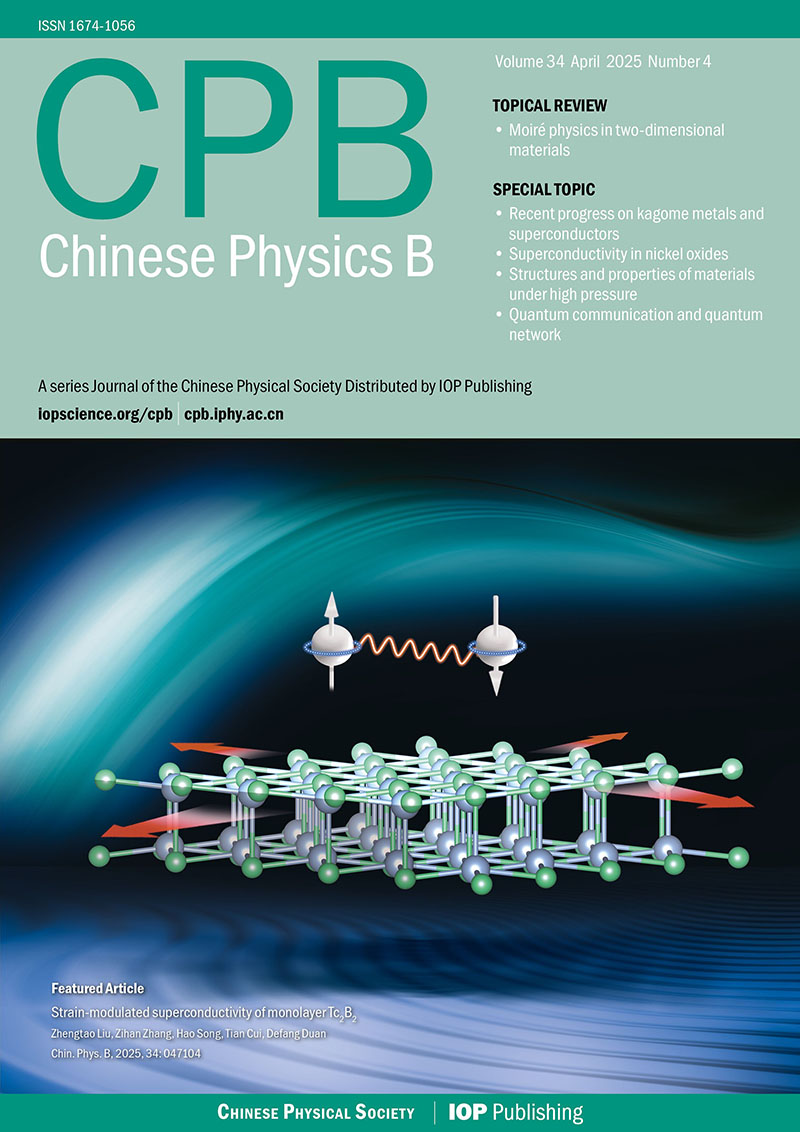106,110Pd (p,nγ)106,110Ag reactions at Ep = 6.0-7.7 MeV
- Available Online: 30/04/2007
-
Key words:
- isobaric analogue resonance /
- cross section /
- statistical model
Abstract: This paper reports that the experimental excitation functions of reaction (p,n) are measured for 106Pd and 110pd at proton energy Ep = 6.1-7.5 MeV and Ep = 6.0-7.7 MeV respectively. The off-resonance excitation functions were compared with calculation values of the statistical model. A new formula used to estimate the peak cross section of isobaric analogue resonance was tested and it was found that calculation values agree reasonably well with the present data within experimental error, which confirms that the excitation strength of isobaric analogue state in (p,n) reaction not only depends on its spin, but also proportionally increases with the projectile proton spatial transmission Tp and the spectroscopic factor S for reaction (d,p) on the same target.

 首页
首页 登录
登录 注册
注册






 DownLoad:
DownLoad: